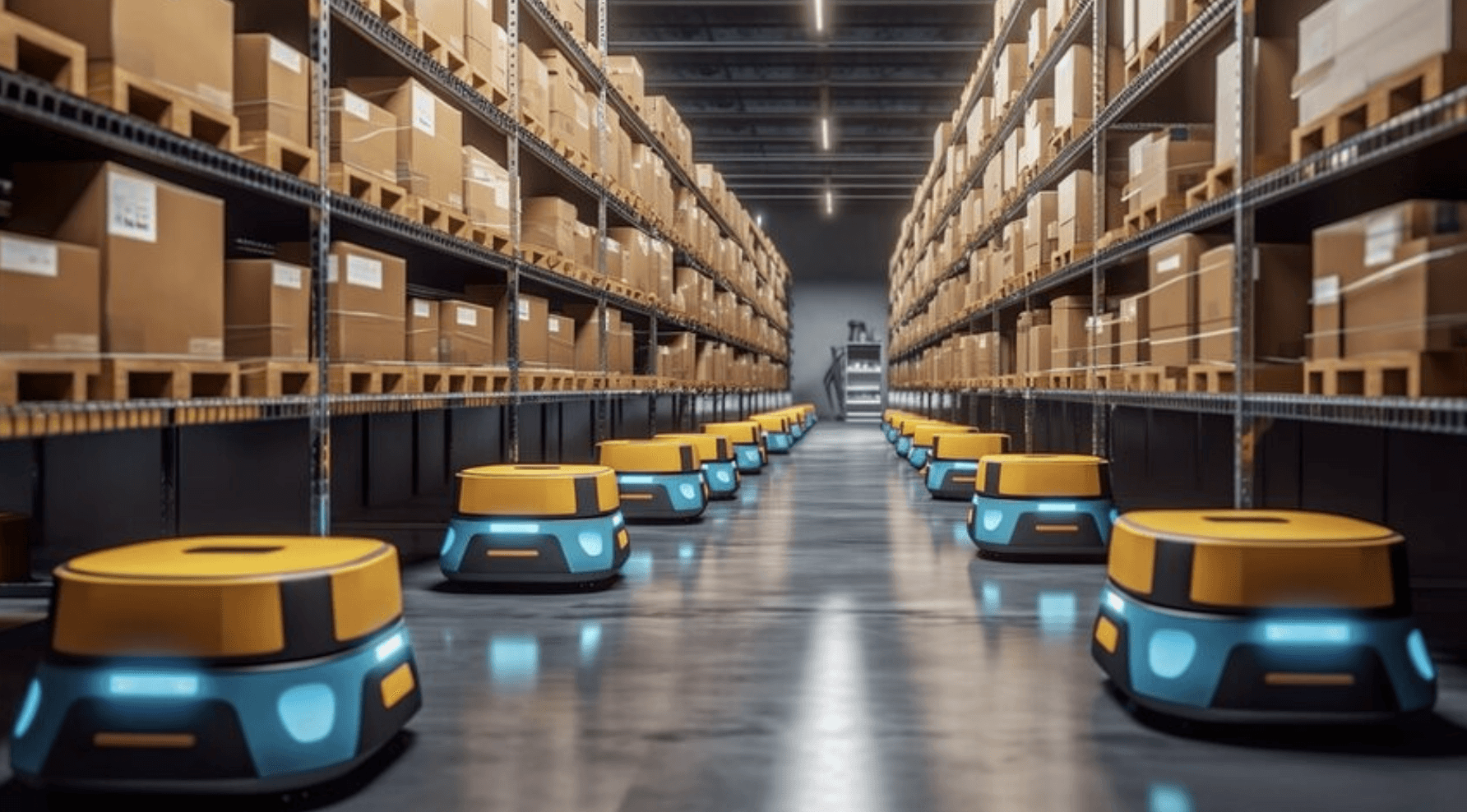The importance of interoperability in warehouse automation
Franco Prontera
Oct 14, 2024
As warehouses increasingly adopt automation to boost efficiency and reduce costs, a common challenge emerges: making diverse types of robots from different manufacturers work together seamlessly. This is where interoperability becomes essential. In a landscape where many automation systems are vendor-specific, the ability to ensure different robots can communicate and collaborate is critical for maximizing the potential of automation.
What is Interoperability?
Interoperability refers to the ability of various systems, devices, or robots to share information and function together without conflict. In a warehouse context, this means robots—regardless of manufacturer or software—should collaborate effectively on tasks like navigation, obstacle avoidance, and task coordination.
Without this capability, warehouses risk being constrained by a single type of robot or limited to specific systems that can’t communicate with one another. This lack of flexibility can lead to inefficiencies and, more critically, significant downtime when systems don’t work in harmony, stalling the scaling of operations.
Why is Interoperability Crucial for Warehouse Owners?
Warehouse operators face increasing demands, labor shortages, and fluctuating workloads. Automation can be the solution, but if systems aren't interoperable, these benefits quickly diminish, particularly in terms of avoiding costly downtime and achieving scalable operations.
Avoiding Vendor Lock-In: Interoperable systems free warehouse owners from being locked into one brand or solution. This flexibility ensures they can select the best tools for their specific needs, optimizing both performance and cost.
Reducing Downtime: When systems fail to communicate, robots can collide or halt operations, causing delays. With interoperability, robots from different manufacturers can share real-time data and adjust their behaviors on the fly, significantly reducing downtime caused by uncoordinated systems.
Scaling Automation: As operations grow, warehouses need the ability to add more robots—often from multiple vendors—without worrying about integration issues. Interoperability allows them to expand their fleets confidently, ensuring seamless collaboration between diverse robotic systems, which is vital for scaling without bottlenecks.
Improving ROI: Interoperability reduces the need for expensive custom integrations. Robots that communicate seamlessly out of the box mean fewer disruptions, smoother operations, and a faster return on investment (ROI).

How Mappalink Enables Seamless Interoperability
Mappalink specializes in ensuring that robots, regardless of brand or model, can work together seamlessly. Our vendor-neutral software integrates effortlessly with existing fleet management systems, enabling different robots to share sensor data and collaborate in real-time. This ensures that robots from various manufacturers can navigate environments efficiently, solve operational challenges on the fly, and most importantly, prevent downtime.
Our solution offers real-time coordination. For example, when one robot encounters an obstacle, it alerts other robots in the fleet, enabling them to adjust their paths proactively. Mappalink’s software dynamically reconfigures workflows, ensuring that robots continue to operate efficiently as conditions change in the warehouse.
For warehouse owners, this means:
Minimized Downtime: Mappalink’s system ensures robots can handle obstacles and changes in real time, preventing operations from stalling.
Seamless Scalability: As operations grow, new robots can be added without worrying about compatibility. Mappalink supports growth by enabling diverse robots to work together effortlessly.
Cost Efficiency: A single platform that connects multiple types of robots reduces the need for costly upgrades and minimizes integration issues, making automation investments more affordable.

Conclusion
Interoperability is no longer just a technical feature—it’s essential for fully realizing the potential of warehouse automation. By leveraging Mappalink’s vendor-neutral solutions, warehouses can avoid costly downtime, scale their automation systems seamlessly, and ensure their operations are running at peak efficiency. Whether integrating new robots or expanding existing fleets, Mappalink provides the flexibility needed to drive growth and improve ROI in an increasingly automated world.
